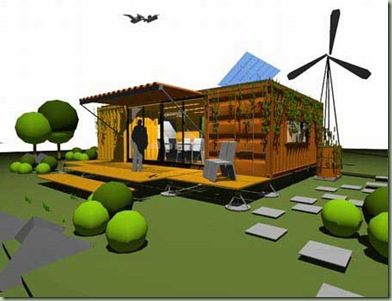Almost sixty years ago, a thoughtful teenager named John Goddard sat down at his kitchen table on a rainy afternoon and began to write a list of all of the things he would like to accomplish in his life. Some of his goals were prosaic (type 50 wpm), some were fanciful (appear in a Tarzan movie), some were predictable (climb Mount Everest) and some were profound (study native medicines to discover useful ones). Today, at the age of 74, Goddard has achieved 109 out of the 127 goals from his original list and lived an extraordinary life in doing it.
Goddard's purpose was not to circumscribe his future by focusing solely on his list, but to define the kind of person he sought to become. Being the type of man who would map the length of the Nile River was more important than the journey itself.
Depending on our age, a life list can have can have different meaning for each of us. Goddard had his whole adult life before him when he compiled his list. For those with more years behind than ahead, a list can be a tool for assessment and redefining what is truly important in our lives. It is an exercise worth attempting. You may discover that many goals that you assumed were unattainable are actually within reach.
Have you always wanted to build your own house? For less than the cost of a winter beach vacation, there is a school in Vermont that will provide you with all the basic skills in two weeks. Ever wanted to ride in a rodeo? A former world champion bull rider offers a weekend course for $328. He just puts beginners on the less belligerent livestock. Do you dream of sailing the ocean? There is a party in San Diego every autumn where yacht owners and people looking for crew births mingle and match up to sail south for the winter. Tim Ferris, author of The Four Hour Workweek, was able to live cheap in Buenos Aires for six months and hire one of the top dancers in Argentina for $8/hr to teach him tango. He made it to the semi-finals in the world championship.
Take out a clean sheet of paper and sharpen a pencil, then open up your imagination and see what comes out. You may surprise yourself.





